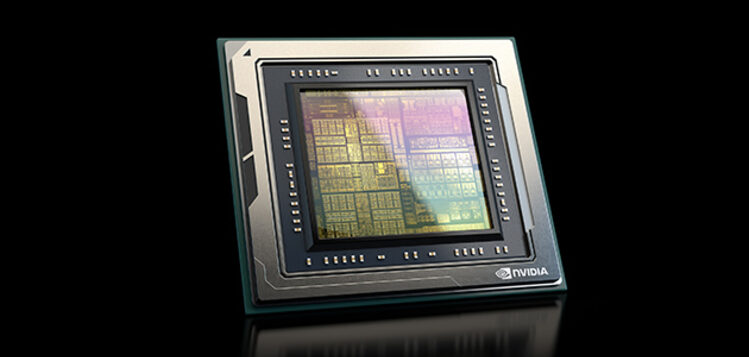As outlined in Nvidia’s latest GTC keynote, a multitude of OEMs have selected to build next-generation vehicles on Nvidia Drive end-to-end solutions that connect the cloud to the car. From 2023 to 2028, Nvidia’s automotive design win pipeline has increased to US$14bn.
DeepRoute.ai has launched its Driver 3.0 HD Map-Free solution on Nvidia Drive Orin, designed to provide a non-geo-fenced solution for mass-produced ADAS vehicles. The solution is scheduled to be available by the end of 2023.
By using the computational power of the automotive-grade Drive Orin system-on-a-chip, which delivers 254 trillion operations per second (TOPS) of compute performance, DeepRoute’s HD Map-Free solution promises to accelerate the deployment of driver-assistance functions in consumer cars and robotaxis.
Pony.ai’s autonomous-driving domain controller (ADC) is also powered by Nvidia Drive. It will be deployed for large-scale commercial use in autonomous-delivery vehicles for Meituan and Neolix. By utilizing Drive Orin as the AI brain of the duo’s driverless vehicles, both of the Beijing-based companies will be able to keep up with ever-increasing consumer demands for the safe and scalable autonomous delivery of goods.
Lenovo’s new ADC is based on the next-generation Nvidia Drive Thor centralized computer. Benefitting from up to 2,000 TOPS of performance, Drive Thor will power Lenovo’s ADC. It is anticipated that the solution will become Lenovo’s top-tier vehicle computing product line, with mass production scheduled for 2025.
A new central vehicle computer – or R-CVC – will be developed by Rimac Technology. The company will use it to power ADAS, in-vehicle cockpit systems, vehicle dynamics logic, and the body and comfort software stack. Through the use of the Nvidia Drive hardware and software, Rimac Technology will be able to reduce development costs, streamline maintenance and accelerate vehicle performance while reducing time-to-market.
All-electric auto brand Smart is also developing its next-generation intelligent mobility solutions with Nvidia. The startup company aims to build its future all-electric portfolio using the Nvidia Drive Orin platform to create a smarter urban mobility experience, with vehicle production expected to begin before the end of 2024. The company will also work in partnership with Nvidia to build a dedicated data center for the development of highly advanced assisted-driving and AI systems.


